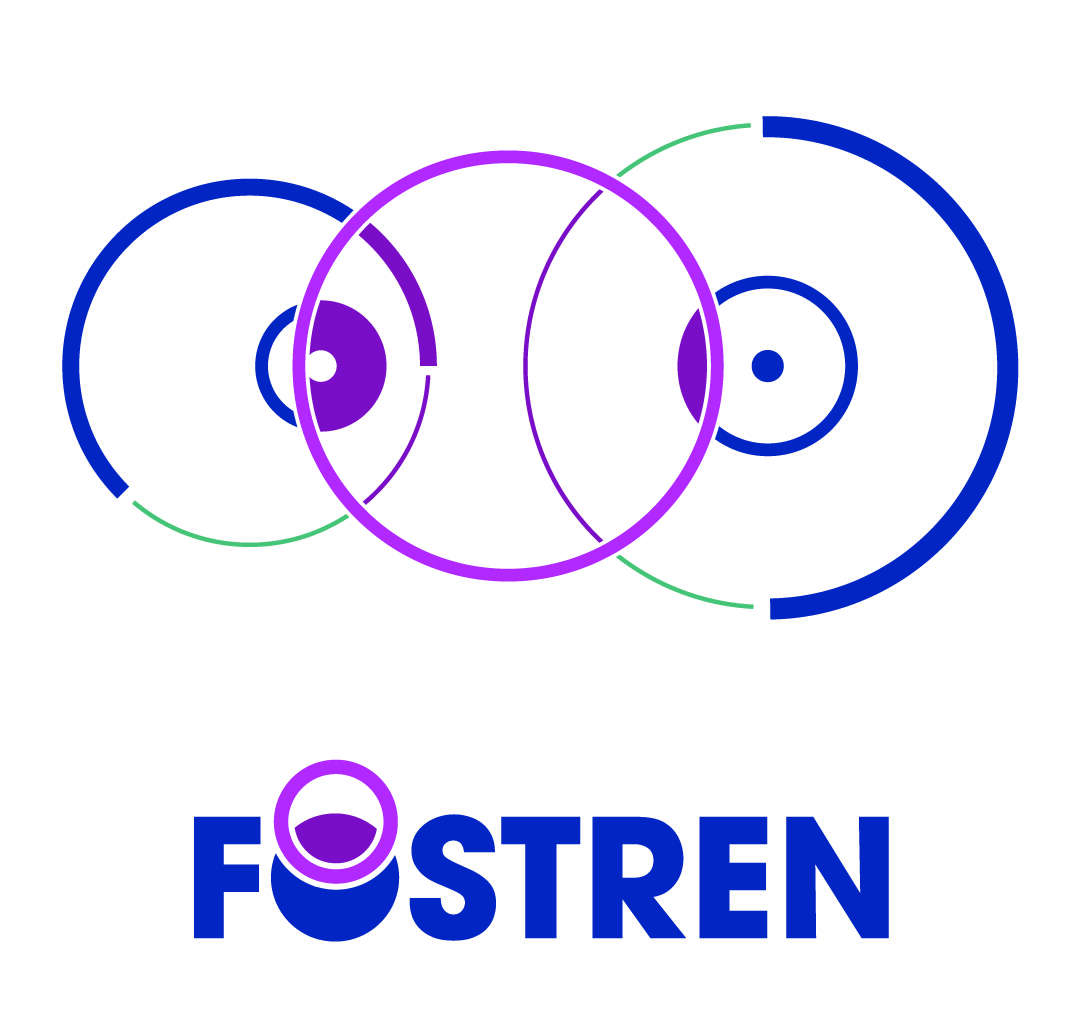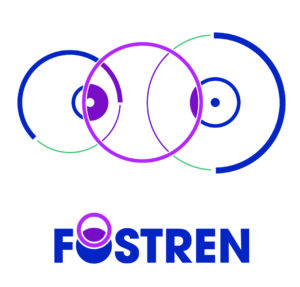FOSTREN Country blogs – Norway by Tonje Lossius Husum & Jorun Rugkåsa with input from Kent Jensen (Norwegian network for research on coercion ‘TvangsForsk’)
What is your country’s stand on coercion reduction?
Coercive processes permitted in Norway
In Norway, formal coercion is defined based on the Norwegian mental health law (1). This law permits coercive practices in both hospital and community treatment. Patients in inpatient care can be subjected to involuntary long-term medication and different kind of restraint and control such as:
- Mechanical restraints (mostly five-point bed belts)
- Physical restraint
- Chemical restraint (short-acting antipsychotics and benzodiazepines)
- Isolation (seldom used in Norway)
- Shielding/ ‘seclusion without isolation’ (commonly used)
- Checking a patient’s possessions and consignments to the patient (e.g. patient’s bags or letters)
- Body search (i.e. search for hidden weapons, drugs, or other items)
- Taking possession of personal property (incl. destruction of illegal drugs and dangerous objects)
- Reduced contact with the outside world (phone calls, visitors or letters/parcels)
Norway was early in adopting outpatient compulsion, and outpatient commitment have been permitted since 1961. From 2000, people can be placed on outpatient commitment directly from community care.
The extent of coercion in Norway
It is mandatory for all Health Trusts in Norway to register the use of coercion in the national health registry, and both the use of involuntary hospital admissions and involuntary measures are used as quality indicators for the health services nationally. The statistics are considered relatively robust, with the exception of the duration of outpatient commitment (OPC). The point-prevalence for OPC is referred below.
Norwegian statistics from 2020 showed the following incidence rates, per 100,000 inhabitants over the age of 16:
- Involuntary admissions: 138 individuals (199 episodes of involuntary admission)
- Outpatient commitment: 60 (approx. 90% of these also has treatment orders)
- Restrictive practices:
- Physical restraint: 41
- Mechanical restraint: 23
- Isolation: 10
- Chemical restraints: 20
- Total (together): 54.49
The Norwegian rate of involuntary admissions is high compared the median of 106.4 per 100,000 population in the 22 countries included in a recent systematic review (2).
Initiatives to reduce coercion
Like in many other countries, efforts have been made in Norway for many years to reduce the use of coercion in mental health care. The Norwegian health authorities have launched two consecutive action-plans (2006 & 2012) aimed at reducing use of coercive practices in mental health care (3, 4). In spite of this, national health statistics remain remarkably stable.
After an amendment in the law in 2017, assessment of patients’ capacity to consent must be conducted and use of involuntary admission and treatment can only be used when the patient lacks capacity, unless there is immediate risk for the patient’s life or the health and life of others. This was intended to reduce the rate of compulsory care. While the changed law resulted in changes in practice during a transition phase, the rates of the use of involuntary commitment is again increasing. At the time of writing, there is a public consultation on drafting new legislation that will merge mental healthcare law with other health legislation to create a common law for use of all coercive practices (a so-called ‘Fusion Law’). This work has been difficult, and it remains to be seen if the draft will be passed by Parliament.
Medication free services
Other Government initiatives to reduce the use of coercion has been to make it mandatory that all Trusts provide medication free services. This move has been somewhat controversial, and resulted in a range of different services, some of which are being evaluated (5).
Service developments and quality assurance of decision making
There have been a number of small projects at local institutions aimed at reducing use of different kind of coercive measures over the last 10-15 years, most of which have shown good effect. One project located at the psychiatric emergency room (in primary care) in the capital of Oslo aimed to reduce the use of involuntary admissions (to hospital). After a ten-year period, the reduction of involuntary admissions was 43% (6). Another project located in an urban city mental health hospital aimed to reduce the use of mechanical restraint (belts) and achieved 85% reduction after one year (5), albeit at the expense of increased physical restraint. Common for these projects was that they worked towards chancing staffs’ attitudes towards coercion, the institutional culture, and the decision-making process. They also involved the whole staff group in the work.
Self-referred beds
One initiative aimed at developing mental health services and promoting reduction in involuntary admissions are use of self-referred beds or admissions. A PhD was published about this project in 2017: Inger Elise Opheim Moljord’s doctoral dissertation «Effects of a Self-referral to Inpatient Treatment Program in Mental Health», deals with user-controlled beds at mental health district center in Central Norway. The thesis was submitted at the Department of Mental Health at NTNU, summer 2017: https://ntnuopen.ntnu.no/ntnu-xmlui/handle/11250/2448724
Open doors wards
Another promising service developing projects is the ‘Open-door’ projects (7): Protocol for the Lovisenberg Open Acute Door Study (LOADS): a pragmatic randomised controlled trial to compare safety and coercion between open-door policy and usual-care services in acute psychiatric inpatients: https://www.ncbi.nlm.nih.gov/pmc/articles/PMC8852761/
A further initiative in Norway is the establishment of a national research network on the use of coercive practices in mental health: https://www.tvangsforskning.no/en/ “Tvangsforsk” was founded in 2008 and is financed by the Norwegian Government. Tvangsforsks objective is to promote Norwegian research on the use of coercion in mental health care, and to raise public- and the Governments awareness. We have an annual two-day seminar where researchers, user representatives, clinicians and other interested parties meet to discuss ongoing or planned work. Tvangsforsk also has its own database, TvangsPub, indexing Norwegian studies done by Norwegian researchers. Some of the articles are written in English. You can find them here: https://tvangspub.tvangsforskning.no/
What kind of research is happening in your country on this topic?
In part as a result of TvangsForsk, there is a lively research community in Norway on use of coercive practices in mental health care. The research efforts have been mostly inter-disciplinary and have fostered around 20 PhD during the last 20 years. However, there has been few large-scale projects on this topic, but there are some:
- The ‘Mental health, ethics and coercion project (PET)’ (2011 – 2016) has been a large project analyzing different ethical perspectives in relation to use of coercion. It was located at the Centre for Medical Ethics, University of Oslo) and has published several publications from the project.
- REducing COercion in Norway (RECON) is another large five-year project (2018-2023) which aims at investigating use of coercion from a municipal perspective. This involves developing a multi-complex intervention aimed at reducing use of involuntary admissions based in the municipal health services. Another aim of the project is to investigate factors that have influence on geographical variation in use of coercive interventions. It is a collaboration between several universities and led by Akershus University Hospital.
https://www.med.uio.no/helsam/english/research/projects/reducing-coercion-in-norway-recon/
- Flexible Assertive Community Treatment (FACT): The purpose of the project is to study how Flexible Assertive Community Treatment (FACT) is translated and implemented in various Norwegian contexts, and to investigate the usefulness for patients. The FACT model has been developed in the Netherlands and the USA (ACT), within different organizational, structural and geographical framework conditions than in Norway. It is designed to meet the needs of people with severe mental illness, often substance abuse problems, and with large and complex service needs.
- The NOCS-2 study (The Norwegian Outpatient Commitment Study-2) is a case register study recording the use of outpatient commitment (OC) in Norway. The NOCS-1 was a purely descriptive study on incidence and prevalence rates and duration of OC orders, including geographical variance of the use OC. In the NOCS-2 study the aim of the study was to explore the impact of the introduction of a competence-based criterion to Norwegian law in 2017 on the use of OCT orders.
- Basal Exposure Therapy (BET) is a Norwegian practice with a strong psychotherapeutic focus that are designed for reducing coercive measures and promoting autonomy in people who do not find success with conventional treatments. BET and the BET strategy Complementary External Regulation (CER) are highlighted in the Report of the UN Special Rapporteur on the rights of persons with disabilities after her visit to Norway (2020), WHO’s Guidance on community mental health services: Promoting person-centered and rights-based approaches (2021) and Europarådet`s Compendium report Good practices in the Council of Europe to promote Voluntary Measures in Mental Health Services (2022). Results from a study that evaluated CER showed a 99% reduction in the number of coercive measures (including manual and mechanical restraints, accompanied by shielding and chemical restraint) from before to after implementation of CER. The average number of coercive measures per service user was reduced from 23.5 before CER to 0.3 in 2012-2014, after CER was well established (Hammer et al., 2016).
https://psykologtidsskriftet.no/vitenskapelig-artikkel/2016/07/effekten-av-komplementaer-ytre-regulering-kyr-pa-tvangstiltak
https://www.coe.int/en/web/bioethics/compendium-of-good-practices-in-mental-healthcare
Why are you in the network and what would you like to achieve with it?
FOSTREN provides a great opportunity to participate in developing the field of research on coercive practices in mental health care; both in Norway and in Europe. We hope to align the work of the Norwegian network with colleagues in other countries to participate in research initiatives or develop new, exiting international project. The most important goal is to contribute to reduce use of coercive practices in Europa; and by this enhancing the quality of mental health care.
Is there anything else that you want to share with us?
In Norway we also have strong user-organizations collaborating with the health government in developing guidelines and policies in the field of mental health. One of them is the National Centre for user experiences financed by the national health authorities.
References
- Psykisk helsevernloven (Mental Health Act)
- Sheridan Rains L, Zenina T, Dias MC, Jones R, Jeffreys S, Branthonne-Foster S, Lloyd-Evans B, Johnson S. Variations in patterns of involuntary hospitalisation and in legal frameworks: an international comparative study. Lancet Psychiatry. 2019;6(5):403-17. doi: 10.1016/S2215-0366(19)30090-2.
- Helse- og omsorgsdepartementet. (2012). Bedre kvalitet – økt frivillighet. Nasjonal strategi for økt frivillighet i psykiske helsetjenester (2012 – 2015). (National Strategy to reduce use of coercive interventions in mental health).
- Sosial- og helsedirektoratet. (2006). Tiltaksplan for redusert og kvalitetssikret bruk av tvang i psykisk helsevern. (Health authorities action plan to reduce use of coercive interventions in mental health care).
- Nyttingnes, O. & Rugkåsa, R. (2021). The Introduction of Medication-Free Mental Health Services in Norway: An Analysis of the Framing and Impact of Arguments From Different Standpoints. Front. Psychiatry, 19 July 2021.
- Ness, Steen, Reichelt & Walby (2016). Reduksjon av tvangsinnleggelser fra legevakt. (Reduction of involuntary admissions in a psychiatric emergency room) Tidsskrift for Norsk psykologforening, Vol 53, nummer 8, side 624-631.
- Veland & Jacob (2016). Bruker mindre tvang. (Less use of coercive measures) Sykepleien. 08.04.2016.

